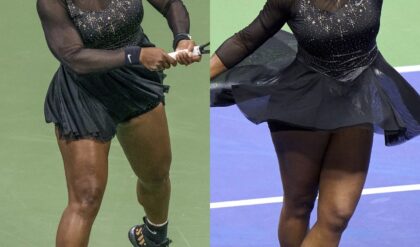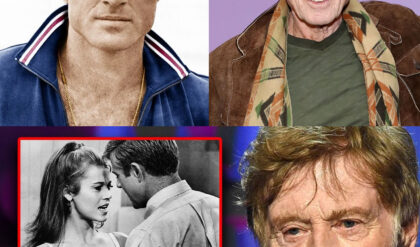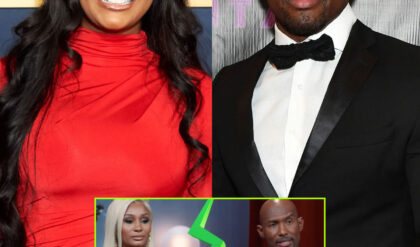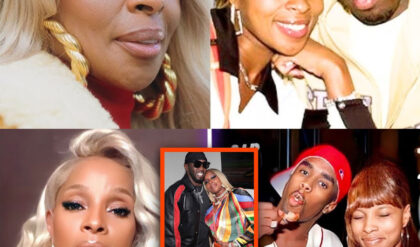you want more context, you need to read the book or she will elaborate further on the topic. This combination of gestures and facial expressions helps her to underline the significance of her points and guide the audience’s attention to key elements of her narrative.
Another key observation is her consistency in using these expressive behaviors. This consistency can be a sign of authenticity because it suggests that her body language and verbal cues are naturally aligned, making it easier for her to communicate effectively and convincingly. However, it also means that when there is a deviation from these established patterns, it might indicate a change in her emotional state or sincerity.
In analyzing Jada Pinkett Smith’s body language during these interviews, we need to consider the context of her responses and how they align with her usual communication style. For example, if she discusses a sensitive topic and her gestures become less animated or her facial expressions less congruent with her words, it might suggest discomfort or withholding information.
Overall, her expressiveness and consistent communication style provide a valuable baseline for understanding her true feelings and thoughts during these interviews. By closely observing her body language, we can gain deeper insights into the nuances of her experiences and perspectives, especially on topics as personal and impactful as her relationship with Will Smith, the Oscars incident, and her interactions with Chris Rock.
ith and that look was a significant catalyst for what happened next. By framing it this way, Jada is trying to reclaim the narrative and explain that her look was more about acknowledgment of an anticipated situation rather than an instigation for Will’s reaction. This reframing is critical because it shifts some of the perceived responsibility or influence she might have had in that moment.
She further elaborates by discussing her condition, alopecia, emphasizing its impact on her life and how it affects her appearance intermittently. This serves a dual purpose: humanizing her experience and explaining her reaction (or lack thereof) to the joke. By noting that she was not upset about herself and doesn’t even remember rolling her eyes, she downplays her own emotional response and stresses the predictability of Chris Rock’s actions, thereby shifting the focus back to the broader context of their history and the event itself.
When she mentions her alopecia, we see her being more open and vulnerable, which could be a strategic way to garner empathy from the audience. By sharing personal struggles, she attempts to connect on a deeper level and make her reactions more relatable and understandable. The narrative she constructs here is one where she is a person caught in a moment with significant backstory, rather than an instigator of conflict.
Her body language during this part of the interview includes more of those pacifying gestures, like touching her face and hands, which can indicate stress but also serve to emphasize her vulnerability and sincerity. The combination of these verbal and non-verbal cues helps her to take control of the story and influence how viewers interpret the events surrounding the Oscars incident.
In summary, Jada Pinkett Smith uses her interviews and body language to carefully manage public perception, aiming to provide a context that supports her perspective and counters the criticisms and assumptions made about her role in the events that transpired. By highlighting the predictability of Chris Rock’s joke, her personal struggles with alopecia, and her non-confrontational reaction, she seeks to reshape the narrative into one that is more nuanced and sympathetic.





